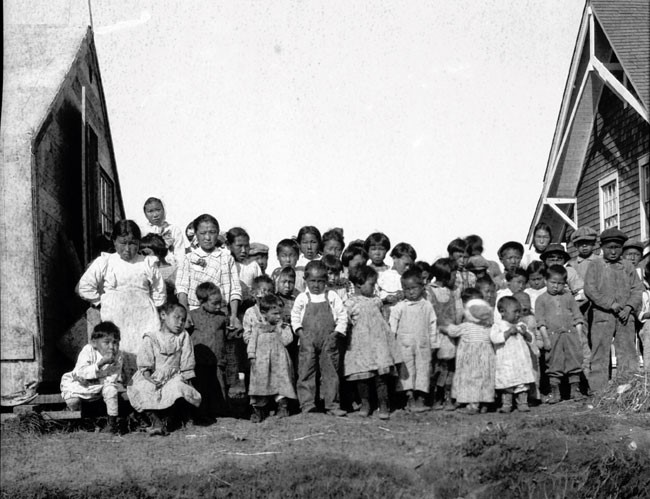Why do Indigenous people have high risk of severe influenza?

Research Professor at Oslo Metropolitan University (OsloMet) Svenn-Erik Mamelund is moving his office to CAS in 2022/23 to lead the project Social Science Meets Biology: Indigenous People and Severe Influenza Outcomes, the first CAS project led by an OsloMet scholar.
Mamelund is a pandemic researcher interested in influenza, a vaccine-preventable disease that nonetheless remains one of the world’s greatest public health challenges. Between 290,000 and 650,000 people die from influenza annually.
However, these deaths are not evenly spread among ethnic groups, Mamelund says.
‘Akin to medical risk groups such as certain age groups, pregnant women and the previously ill, Indigenous populations in North America and Oceania are uniquely at risk for severe disease and death, both today and 100 years ago.’
Why is that so?
Heightened death rate among Indigenous groups
For 25 years, Svenn-Erik Mamelund has been researching influenza pandemics, in particular the Spanish flu, which raged in 1918-1920 and killed between 50 and 100 million people globally. The death rates amongst isolated Indigenous peoples in Scandinavia, North America and Oceania were between three and eight times higher than among the white majority populations living in the corresponding, less isolated areas.
‘In West Samoa, 24 percent of the Indigenous people died from the disease. In Enare in Finnish Sapmi, the death rate was 10 percent’, Mamelund says.

The average death rate in Alaska was 8 percent, but on the Seward Peninsula on the western coast of the state, home to different native communities, it reached a horrific 90 percent in the village of Brevig. The 72 victims were buried in a mass grave in the permafrost. The survivors were eight children, most of whom ended up in orphanages when all of their parents died.
Indigenous people again hard hit during Covid-19
‘Indigenous people are once again hard hit during a pandemic, at least as reported by the media’, he says, referring to the ongoing COVID-19 crisis.
One recent study from New Zealand shows that COVID-19 infection fatality rates are at least 50 percent higher for Māori and Pacific people than for New Zealanders from European backgrounds.
‘Suggested explanations were poorer baseline health and lower life expectancy, crowded housing, being more likely to work in occupations with higher exposure, and unmet health needs’, he adds.
‘The influenza pandemics of 1918 and 2009, as well as the ongoing COVID-19, show that Indigenous people have extremely high risk of severe disease outcomes, but reasons for this vulnerability are unclear.’
Prior research studied continents separately, or focused exclusively on genetic, social or historical risk factors. Mamelund and his team seek to see the whole picture.
‘Our project will for the first time explore biological, social and historical factors for why Indigenous peoples are associated with a higher risk of tragic pandemic outcomes across three continents’.
Reaching for ERC Grant and CoE
Why did you apply to lead a project and gather a research group at CAS?
‘I was a CAS fellow in 2006/2007 in a project led by my mentors Øystein Kravdal and Nico Keilman. Staying at CAS meant a lot to me, and I saw how important this was to the group leaders and their future research tracks, network, outreach activities and cooperation.’
- Read also: Alumni Spotlight: Øystein Kravdal about the associations between family situation and health
Mamelund is ambitious with clear goals for his year at CAS:
‘I have a small research group consisting among others of a MSCA-IF fellow from the United States. Next year we will employ another post-doc who will take part in two recently funded research projects from the Research Council of Norway studying social disparities in influenza and COVID-19 disease outcomes. My ultimate goal is having success in the advanced ERC grant scheme, and to build a Centre of Excellence in transdisciplinary studies of emerging pandemics at OsloMet. I hope that a year at CAS - to do curiosity-driven research with colleagues which is often hard to do from a distance - can help consolidate my research ambitions.’